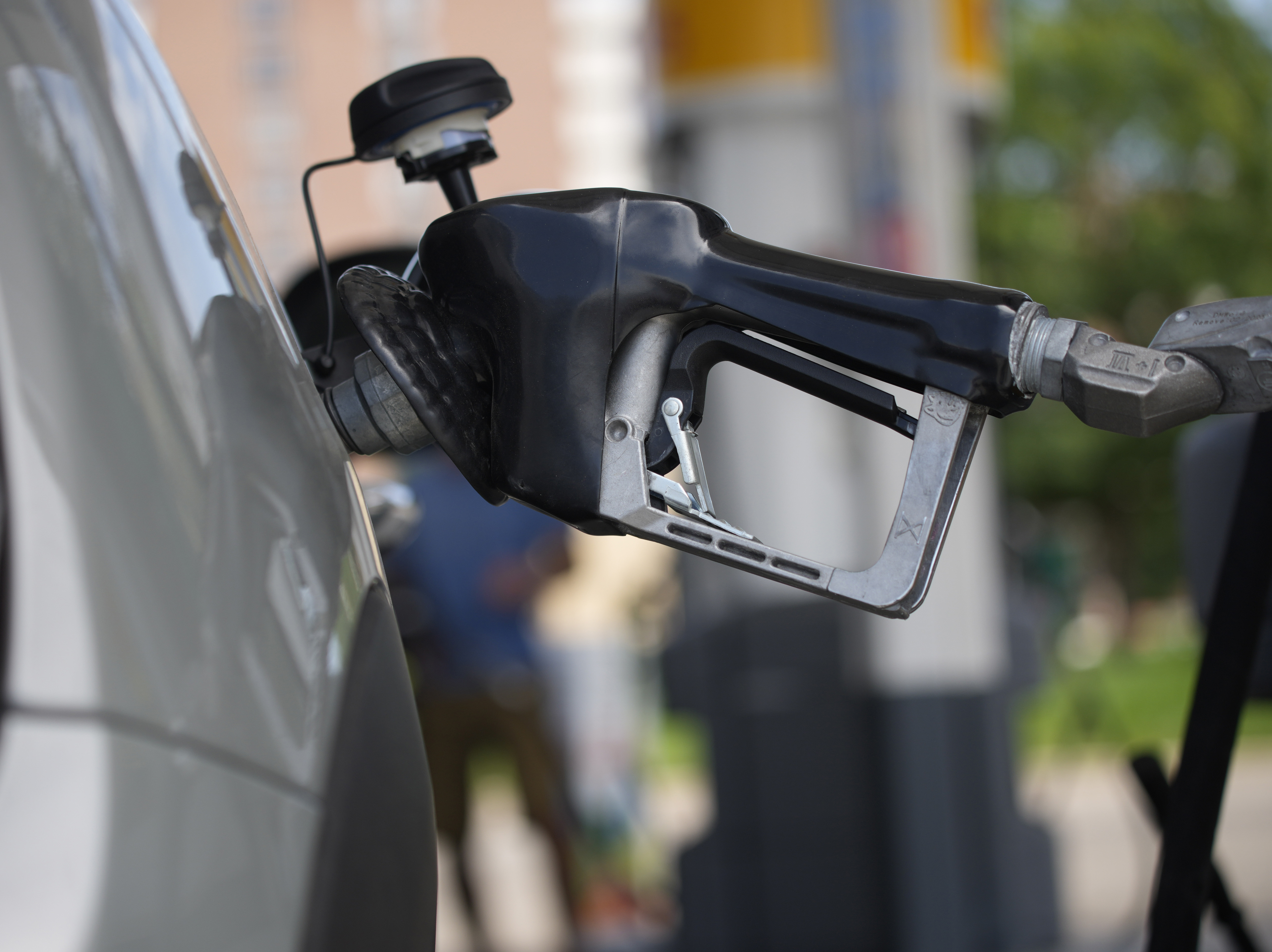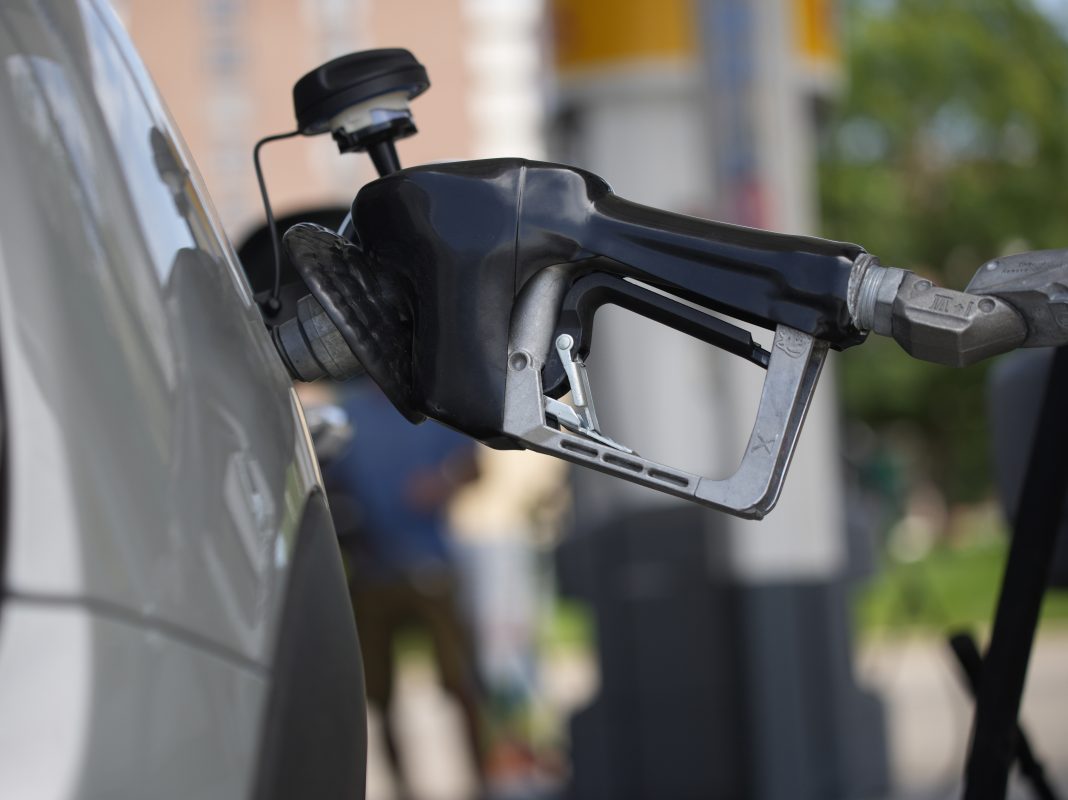 Switching back to gas-powered vehicles is becoming a consideration for many electric vehicle (EV) owners, according to the 2024 McKinsey & Co. Mobility Consumer Global Survey. In the United States, 46% of EV owners surveyed said they are likely to return to gas-powered cars. Globally, 29% of EV owners expressed the same sentiment. The lack of public charging infrastructure was the main reason cited for wanting to switch back to gas-powered vehicles, with 35% of respondents stating that it is not yet good enough. Additionally, 34% mentioned that the total costs of EV ownership are too high.
Switching back to gas-powered vehicles is becoming a consideration for many electric vehicle (EV) owners, according to the 2024 McKinsey & Co. Mobility Consumer Global Survey. In the United States, 46% of EV owners surveyed said they are likely to return to gas-powered cars. Globally, 29% of EV owners expressed the same sentiment. The lack of public charging infrastructure was the main reason cited for wanting to switch back to gas-powered vehicles, with 35% of respondents stating that it is not yet good enough. Additionally, 34% mentioned that the total costs of EV ownership are too high.
Other reasons for dissatisfaction with electric cars included not being able to charge at home (24%), worry and stress about charging (21%), changing mobility requirements (16%), and not enjoying the driving experience (13%). However, it’s worth noting that 21% of respondents still said they would never want to switch to an electric vehicle, while 18% confirmed that their next car would be an EV.
Looking ahead to the next 10 years, 29% of respondents expressed a desire to replace their car with other forms of transportation. Expensive car ownership costs, a desire for a more sustainable lifestyle, and remote work were cited as reasons for this choice.
Similar trends have been observed in the United States, according to the BloombergNEF 2024 Electric Vehicle Outlook. The report states that concerns surrounding driving range, price, battery lifespan, and unreliable public charging have contributed to growing consumer consternation surrounding the EV market. As a result, it is predicted that by 2027, only 29% of cars sold in the U.S. will be electric.
In an effort to boost EV adoption, President Joe Biden has announced measures to transition the auto sector to electric cars. The White House aims to have 56% of all new vehicle sales be electric by 2032. However, the infrastructure for EVs in the U.S. is currently lacking. Despite lawmakers approving $7.5 billion to construct 500,000 public charging stations for electric cars nationwide, only eight public EV-charging stations have been deployed so far. This has led to criticism and calls for improvement.
Transportation Secretary Pete Buttigieg has assured that the administration plans to build 500,000 chargers by 2030, with the first handful already being physically built. In addition, the Biden administration has allocated an extra $1.3 billion in funding to expand EV charging infrastructure in urban and rural communities.
While consumer demand for EVs has stalled in the U.S., EV prices have been falling, particularly for used vehicles. Data from iSeeCars shows that used EV prices were, on average, 8% lower than the average price for used gas-powered cars. This decline in prices has led to Hertz selling off 20,000 EVs, representing about one-third of its entire EV fleet. The car rental company even sold used Teslas at an average price of $25,000.
The cheapest new electric cars currently available are the 2024 Nissan Leaf ($28,140), 2024 Mini Electric Hardtop ($30,900), and 2024 Tesla Model 3 ($38,990). Market conditions for EVs are expected to stabilize in the next few years, with modest demand growth ranging between 1% and 2% from 2024 to 2026, according to S&P Global Ratings.


